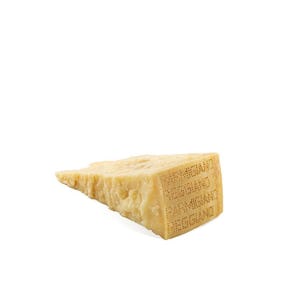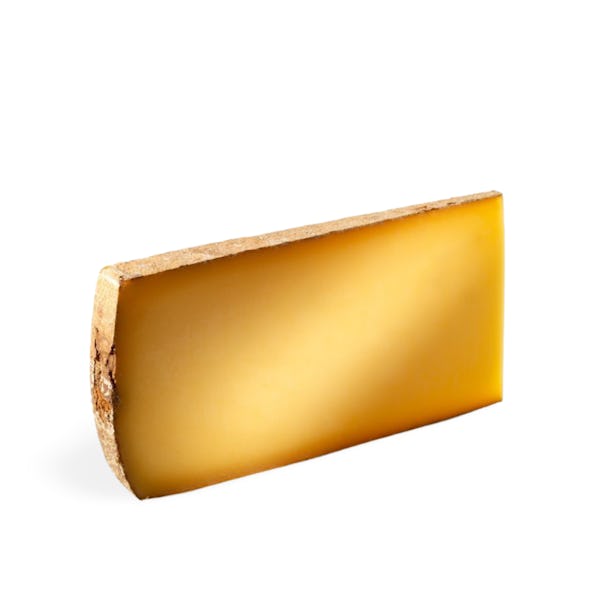
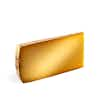
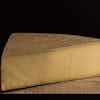
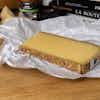
Comté Cheese Prestige 24 months AOP
The top of the line of Comté
(Tuesday Jan 06 , 2026)
TASTING NOTES FROM THE CURATOR
Pronounced “con-TAY,” Comté cheese comes from the Franche- Comté region of France, which borders Switzerland. It’s classified as an Alpine cheese, and is made with unpasteurized cow’s milk. It’s matured for a minimum of four months, to about 18 or 24 months.
The texture of this exceptional 24 months Comté is smooth, with rich and persistent aromas of walnuts, hazelnuts, chestnuts, roasted almonds, melted butter and spices, softened by notes of mature cream or citrus.
PREPARATION AND PAIRINGS
Pairing options for Comté are endless, but a few classic choices include bread - think crusty baguettes, hearty rye, or nutty whole grain loaves - as well as fruit such as sweet apples, juicy pears, or crisp grapes. Nuts, particularly almonds, walnuts, and hazelnuts, are also a delightful accompaniment to Comté, as are charcuterie options like prosciutto or salami.
When it comes to drink pairings, Comté shines alongside a range of wines. White wines like Chardonnay or Sauvignon Blanc bring out the cheese’s nutty notes, while red wines like Pinot Noir or Gamay add depth and complexity to the flavor profile.
Ultimately, the key to pairing Comté is to find flavors and textures that complement its rich, nutty character. So go ahead and experiment with different combinations, and discover the perfect match for your 24-month-old Comté.
COMMUNAL COMTÉ
Comté cheese has been made in Eastern France for over a thousand years. From the 13th century, it’s been produced in cooperative-style groups of farmers, called “fruitieres,” where they collect milk daily and share the milk to make the cheese. It has the highest production of any of the French AOC cheeses, with an average of 1.6 million wheels made yearly, and only 10% of those are exported outside France. It received its AOC designation in 1958.
Storage Instructions
Cheeses (except brined ones in jars) should be stored in the crisper or the butter drawer of a refrigerator, not on the shelves themselves. This is to help regulate their temperature and humidity levels—and prevents the formation of mold. Once opened, they should not be kept in their original packaging. Semi-hard cheeses (including blues) should ideally be wrapped in cheese paper after opening. An alternative is to wrap them tightly in parchment paper to allow them to breathe, then loosely in aluminum foil to keep moisture out. Don’t forget to write up a label with the date you first opened the package. Replace the parchment paper every time you open the cheese. Kindly pay attention to the best before date label when you receive your cheese. Consume prior to date indicated.

